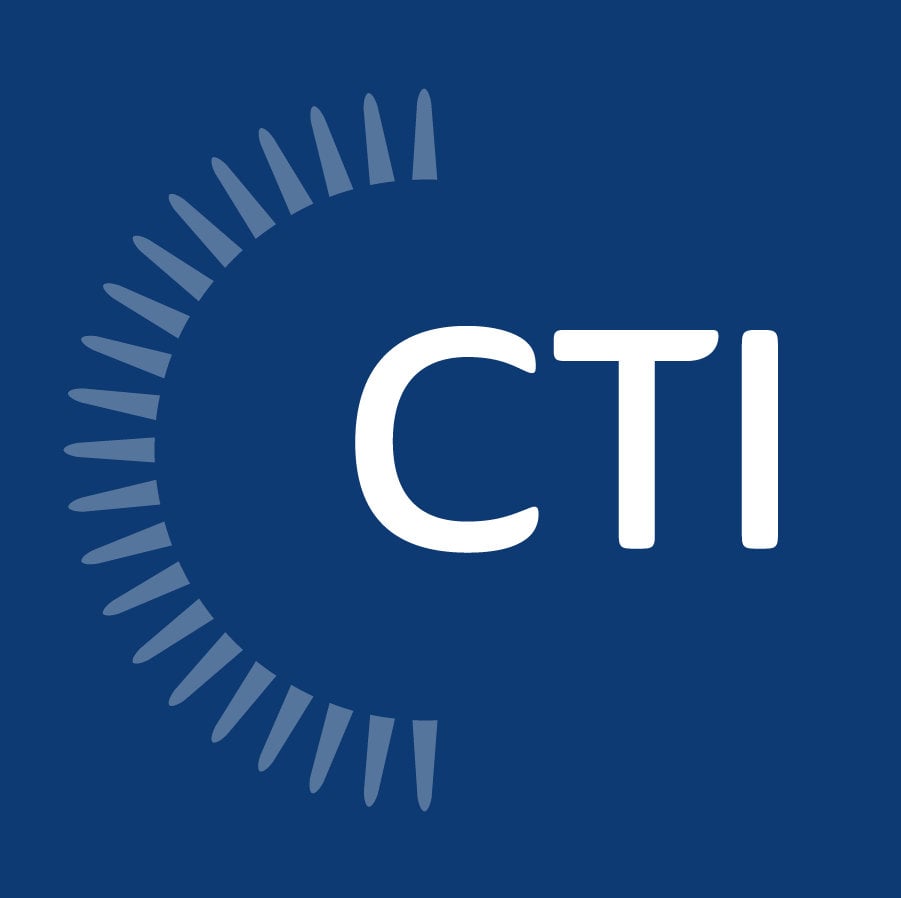 What images come to mind when you think of Texas? Probably things such as tangy barbeque, bucking broncos, dusty cowboys, boot-scootin' cowgirls, longhorn cattle, slick oil tycoons, and Sam Elliot’s voice.
What images come to mind when you think of Texas? Probably things such as tangy barbeque, bucking broncos, dusty cowboys, boot-scootin' cowgirls, longhorn cattle, slick oil tycoons, and Sam Elliot’s voice.
All of it Texas-big.
Since the southwest state joined the Union in 1845, it has saddled up a reputation as a tough, down-home, agriculturally-focused land, that brims with wide-open spaces, country music, and…all your exes.
And many non-Texans still think the state’s economy rides solely on oil and agriculture. But Texas is more modern and economically diverse than you may think. It hosts 50 Fortune 500 companies and employs the second-largest civilian workforce in the U.S.1
In addition to the already prospering information technology, financial and business services, and manufacturing sectors, Texas is beginning to do something else big that’s outside the oil and cowboys.
No, we’re not talking Austin. That’s been going on for a while. We’re talking about wrangling the life-sciences industry.
Money Bull
The life-sciences include fields in pharmaceuticals, biotechnology, biomedical tech and devices, life systems technology, nutraceuticals, and cosmeceuticals.
In Texas, this industry that discovers cures and other new roads to wellness, currently employs over 100,000 workers,1 though another report claims as many as 228,000. 2 With approximately 4,000 life science businesses, it also loads the state with a $61.5 billion economic output and $3 billion in annual federal and state tax revenue.2
Rise of the Machines: Texas Manufacturing is Booming Thanks to Automation |
But Texas doesn’t want to stop there. It wants to become the nation’s biopharma “third coast.” Currently, Boston and San Francisco hold the two top spots in the industry.3 And the Lone Star State is herding its efforts straight in that direction.
Already pharma companies are breaking new ground in stem cell therapies, ophthalmology, and oncology. And medical device innovators are roping in advancements in areas, such as cardiology and orthopedics.
The barbecue hot spot also hosts the third-highest number of clinical trials at a whopping 25,000.2 These spur not only economic vitality, but generous helpings of cutting-edge therapies for state residents - therapies from which the whole world might one day benefit.
And Texas life science companies have a corralled a way to benefit from their innovations through tax savings. In 2014, the state established a law to encourage economic development related to research and development (R&D) that would supplement the federal R&D tax credit.
Texas-Size Savings
In addition to the federal R&D credit, which delivers a dollar-for-dollar credit on a business’ federal income tax, Texas businesses can also soak up additional state R&D credits.
Texas lawmakers instituted two options for organizations to reclaim cash for eligible R&D expenses:
- Franchise tax credit based on qualified research expenses
- Sales and use tax exemption on the purchase, lease, rental, storage, or use of depreciable tangible personal property directly used in qualified research
Franchise Tax Credit
Texas companies can use the state R&D tax credit on returns originally due on or after January 1, 2014. The credit is set to expire on December 31, 2026. The state has adopted the federal definition of ‘research’ in the Internal Revenue Code (IRC) of 1986, Section 41(d), and includes research for which expenditures can be treated as expenses under IRC section 174.
The credit is good for 5% of the excess amount of qualified research expenses in the current period over the base amount (50% of the average costs incurred in Texas during the previous three tax periods).
Sales and Use Tax Exemption
The sales and use tax exemption is eligible for activities that began after January 1st, 2014. If a company chooses to forgo the franchise credit, it can elect the sales tax exemption for qualified research for the sale, storage, or use of depreciable tangible personal property ‘directly’ used in qualified research.
Country-Western Charm, Big City Abilities
With the state’s central location, sizable and skilled workforce population, modern infrastructure, and zero state income tax, Texas proves to be a fertile ground to grow its life science industry.
And its herd of Fortune 500s and other prosperous businesses proves that their life sciences pursuit isn’t their first rodeo into modern business success.
Any Texas business that would like to learn more about their R&D tax credit potential should consult a tax specialist.
- Biotechnology & Life Sciences, Business in Texas, 2019
- The new driving force of the Texas economy, TribTalk, 2018
- The Lone Star State Dreams of Becoming Biotech’s “Third Coast,” BioSpace, 2018



